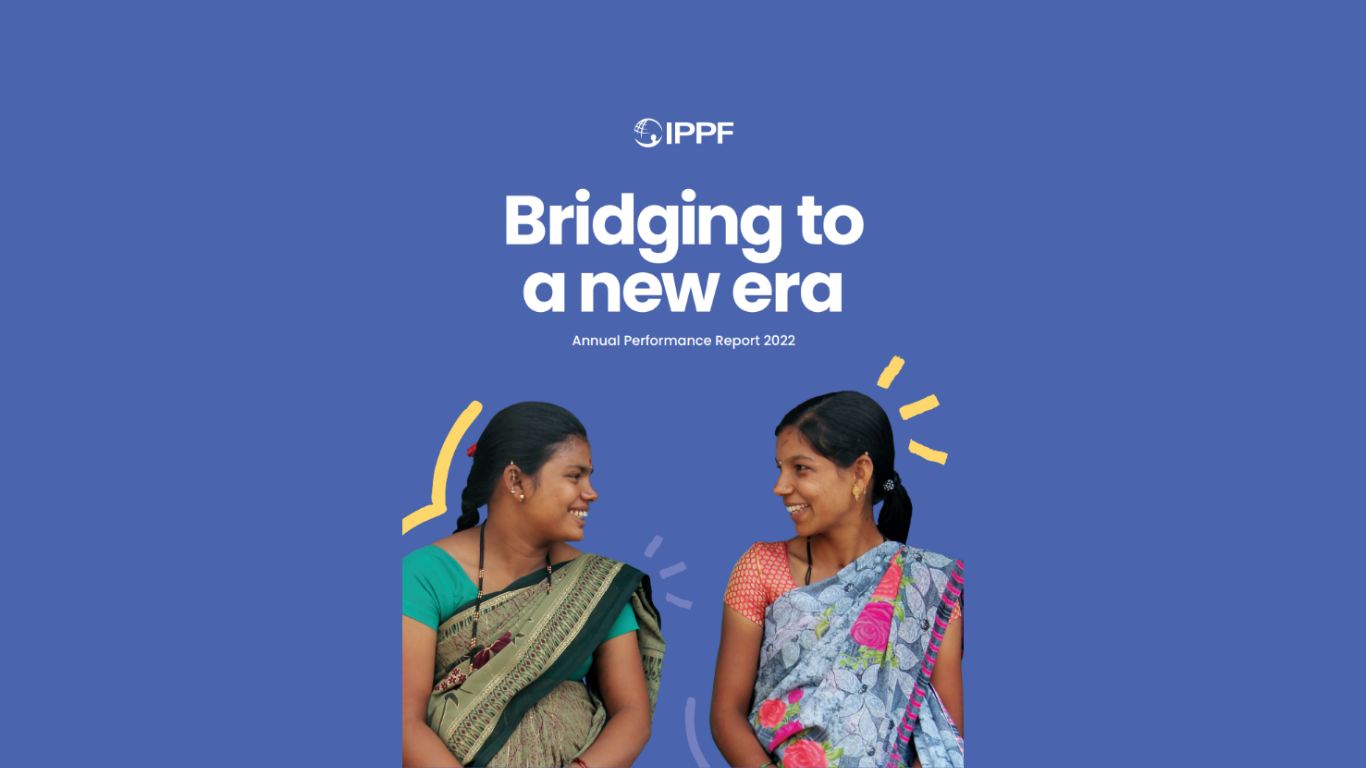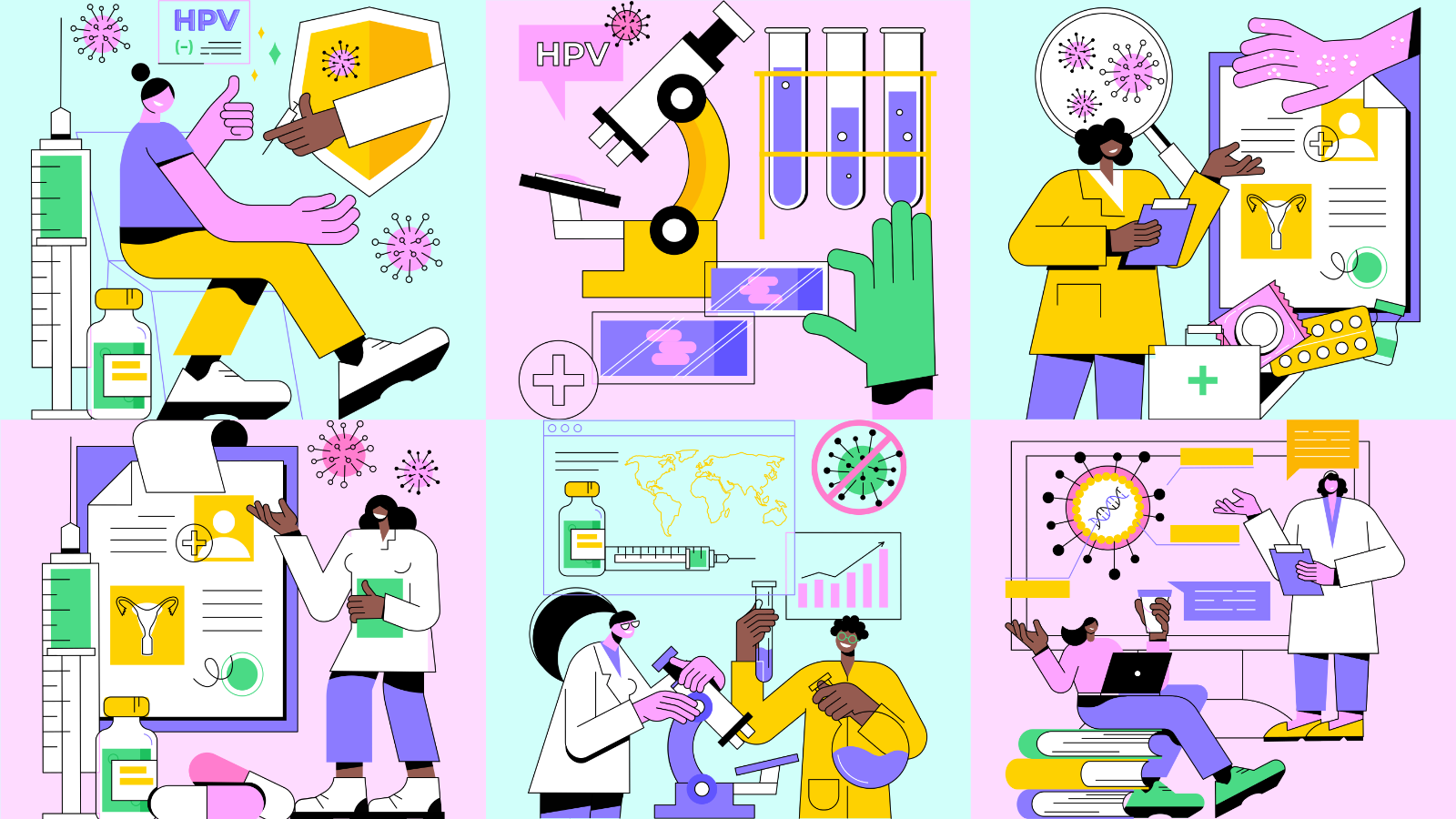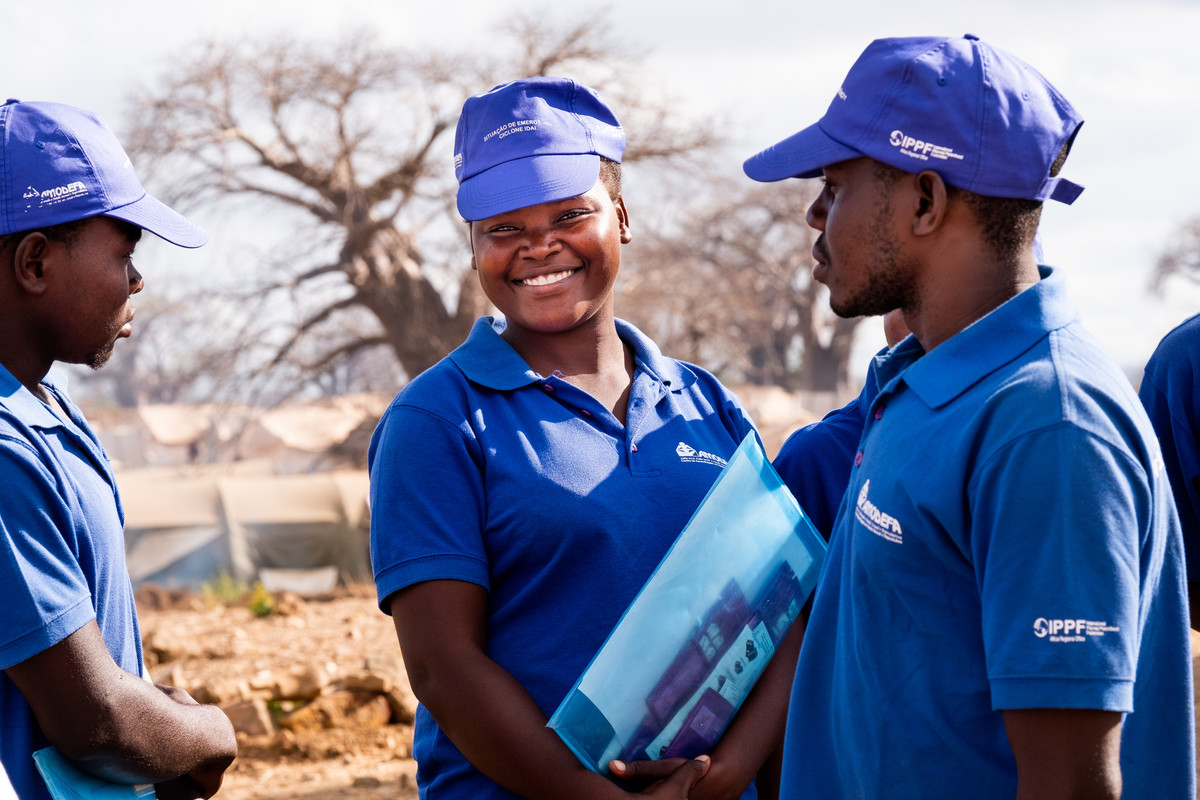Spotlight
A selection of resources from across the Federation
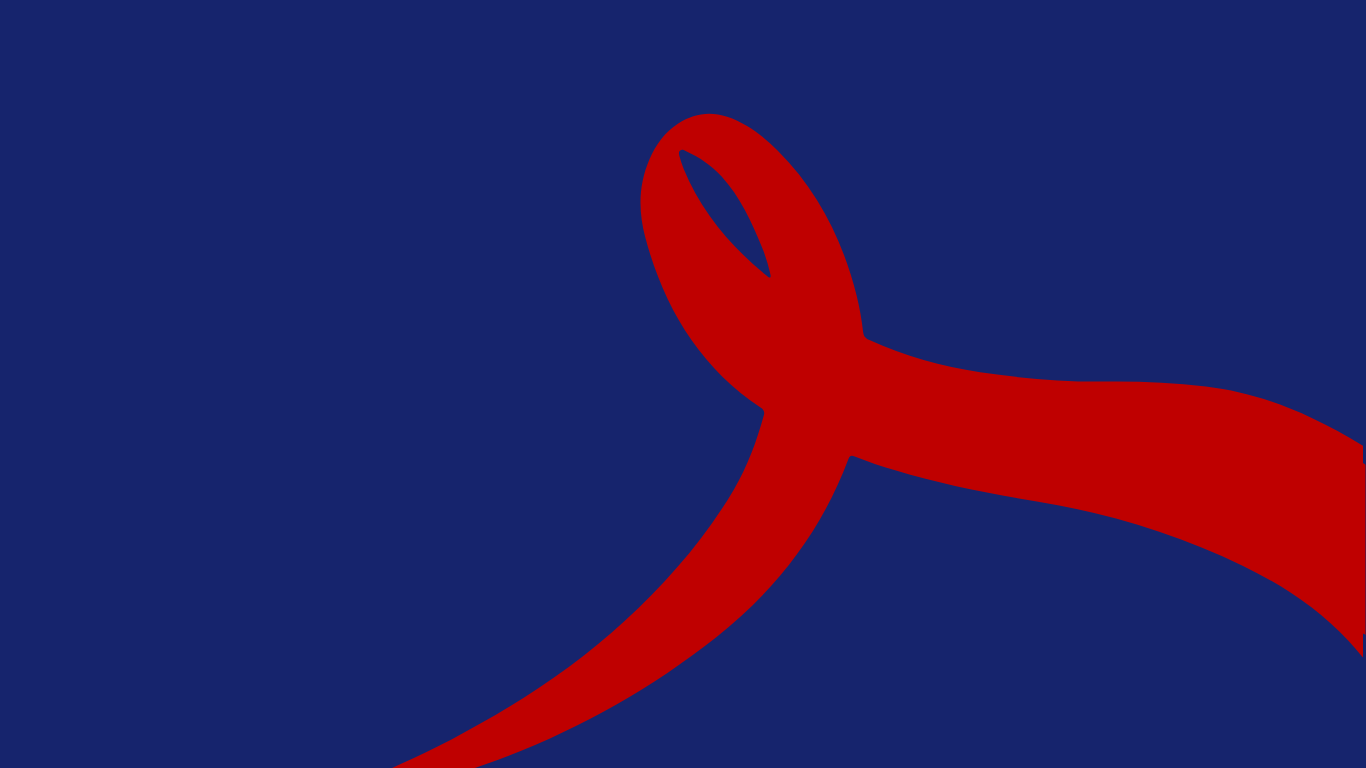
HIV Theory of Change
Our HIV Theory of Change is to clarify the goals and vision of IPPF’s HIV programme and to articulate the different pathways and strategies IPPF uses to contribute towards its HIV goals and vision.
Filter our resources by:
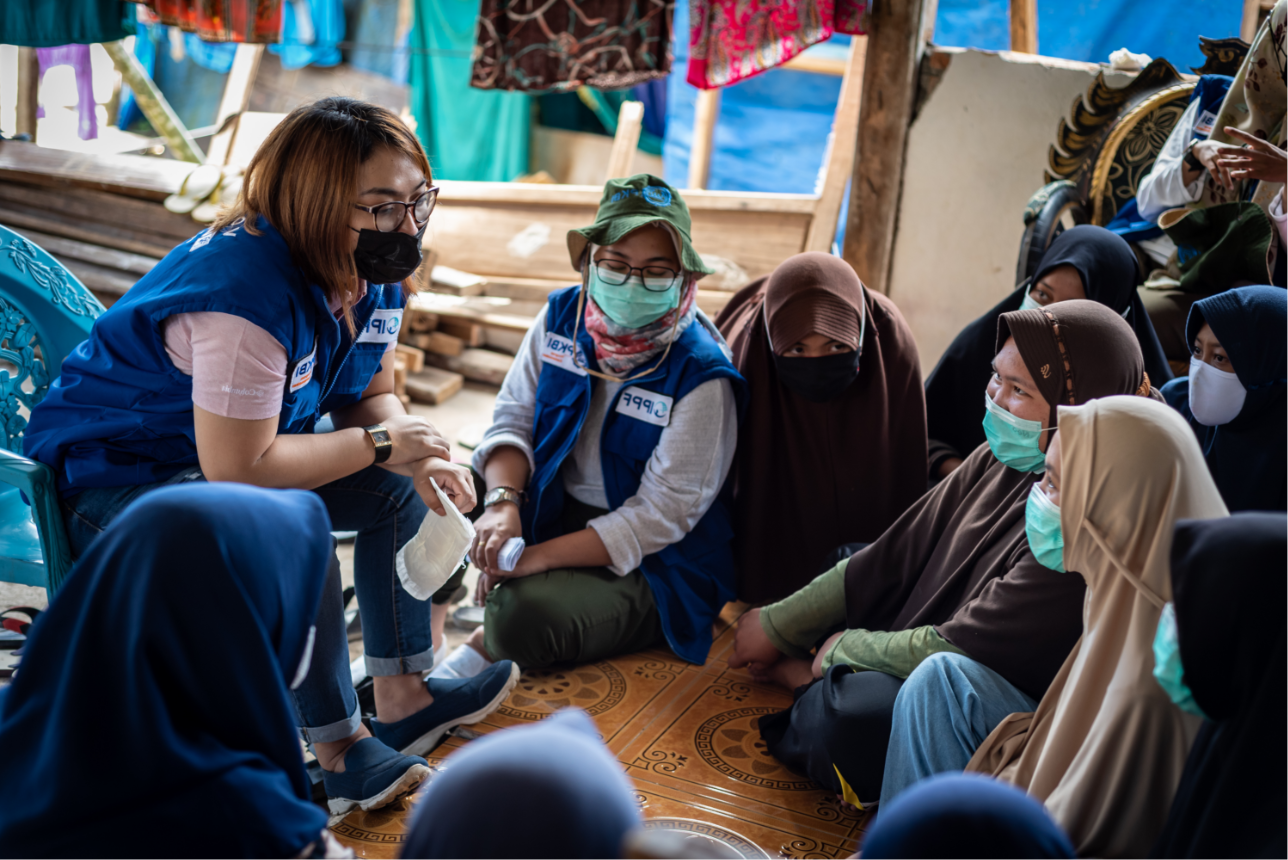

| 27 September 2021
My abortion journey
Ada's abortion journeyTake a journey with Ada to discover her story. Like many people, she has just found out that she is pregnant, but she cannot afford to raise another child. She has decided to have an abortion. What will her options be, and what will she choose? Take a couple of minutes today to share her journey – click "Start" to begin...Your name is Ada. You've found out you are pregnant, but you cannot afford to raise another child. You have decided to have an abortion.What do you do?On the internet, you discover safe2choose.org and read on their website about available abortion care in your country and about others who have also had an abortion. You also find a toll-free number for an IPPF member association in your country that offers abortion information and support.You decide to:You call your friend Maryam, who explains to you that she knows many women who have had one or more abortions. She tells you that she herself has had two. She gives you advice about how to find information online, and also about the clinic where she had her abortions. You decide to:You speak to a safe2choose counsellor by live chat, and she offers confidential and non-judgmental counselling in your language, free of charge.You learn that there are two types of abortion available to you:• An in-clinic procedure called a manual vacuum aspiration (MVA), which includes the use of a suction device to remove the pregnancy. This option is typically offered up to 13 weeks of gestation and takes about 10-15 minutes.• A medical abortion, which involves taking pills to induce an abortion. This option is typically offered up to 12 to 13 weeks' gestation and can be managed in clinic or at home.You decide to:You speak to an IPPF member service provider, who offers you confidential and non-judgmental counselling about your options. They explain the two types of abortion available to you, which the safe2choose counsellors had also explained – medical abortion with pills and manual vacuum aspiration (MVA).You decide to:They explain two types of abortion available to you:• An in-clinic procedure called a manual vacuum aspiration (MVA), which includes the use of a suction device to remove the pregnancy. This option is typically offered up to 13 weeks of gestation and takes about 10-15 minutes.• A medical abortion, which involves taking pills to induce an abortion. This option is typically offered up to 12 to 13 weeks' gestation and can be managed in clinic or at home.You decide to:On the internet, you discover safe2choose.org and read on their website about available abortion care in your country and about others who have also had an abortion. You speak to one of their counsellors by live chat, and she offers confidential and non-judgmental counselling in your language, free of charge.You learn that there are two types of abortion available to you:• An in-clinic procedure called a manual vacuum aspiration (MVA), which includes the use of a suction device to remove the pregnancy. This option is typically offered up to 13 weeks of gestation and takes about 10-15 minutes.• A medical abortion, which involves taking pills to induce an abortion. This option is typically offered up to 13 weeks in-clinic or up to 12 weeks at home.You decide to:You've made the choice that best suits your needs and situation, and you've been supported to do so throughout the process. safe2choose.org and IPPF offer information, support and a range of options for person-centred and rights-based abortion care for everyone, regardless of their age, religion, nationality or social class. safe2choose's team of international counselors are here for support throughout the process at anytime. IPPF offers quality and non-judgmental abortion care through static clinics, community-based care, remote counseling, and support for self-managed medical abortion.For further information, please visit the following:• safe2choose's information on medical abortion and manual vacuum aspiration (MVA)• IPPF's short videos on medical abortion and manual vacuum aspiration (MVA)• Brands of medical abortion available at country level – safe2choose information and MedAb.orgYou visit a midwife at an IPPF member clinic who offers you confidential and non-judgmental counselling about your options.They explain two types of abortion available to you:• An in-clinic procedure called a manual vacuum aspiration (MVA), which includes the use of a suction device to remove the pregnancy. This option is typically offered up to 13 weeks of gestation and takes about 10-15 minutes.• A medical abortion, which involves taking pills to induce an abortion. This option is typically offered up to 12 to 13 weeks' gestation and can be managed in clinic or at home.You decide to:You've made the choice that best suits your needs and situation, and you've been supported to do so throughout the process.Abortions are very common and one of the safest medical procedures when done under the right conditions and with the right information. Everyone regardless of their age, religion, nationality or social class deserves access to a safe abortion. safe2choose.org and IPPF offer information, support and a range of options for person-centred and rights-based abortion care.safe2choose's team of international counsellors are here to support you throughout the process at anytime.You speak to an IPPF member service provider, who offers you confidential and non-judgmental counselling about your options.They explain two types of abortion available to you:• An in-clinic procedure called a manual vacuum aspiration (MVA), which includes the use of a suction device to remove the pregnancy. This option is typically offered up to 13 weeks of gestation and takes about 10-15 minutes.• A medical abortion, which involves taking pills to induce an abortion. This option is typically offered up to 12 to 13 weeks' gestation and can be managed in clinic or at home.You decide to: Also available in French, Spanish, and Portuguese
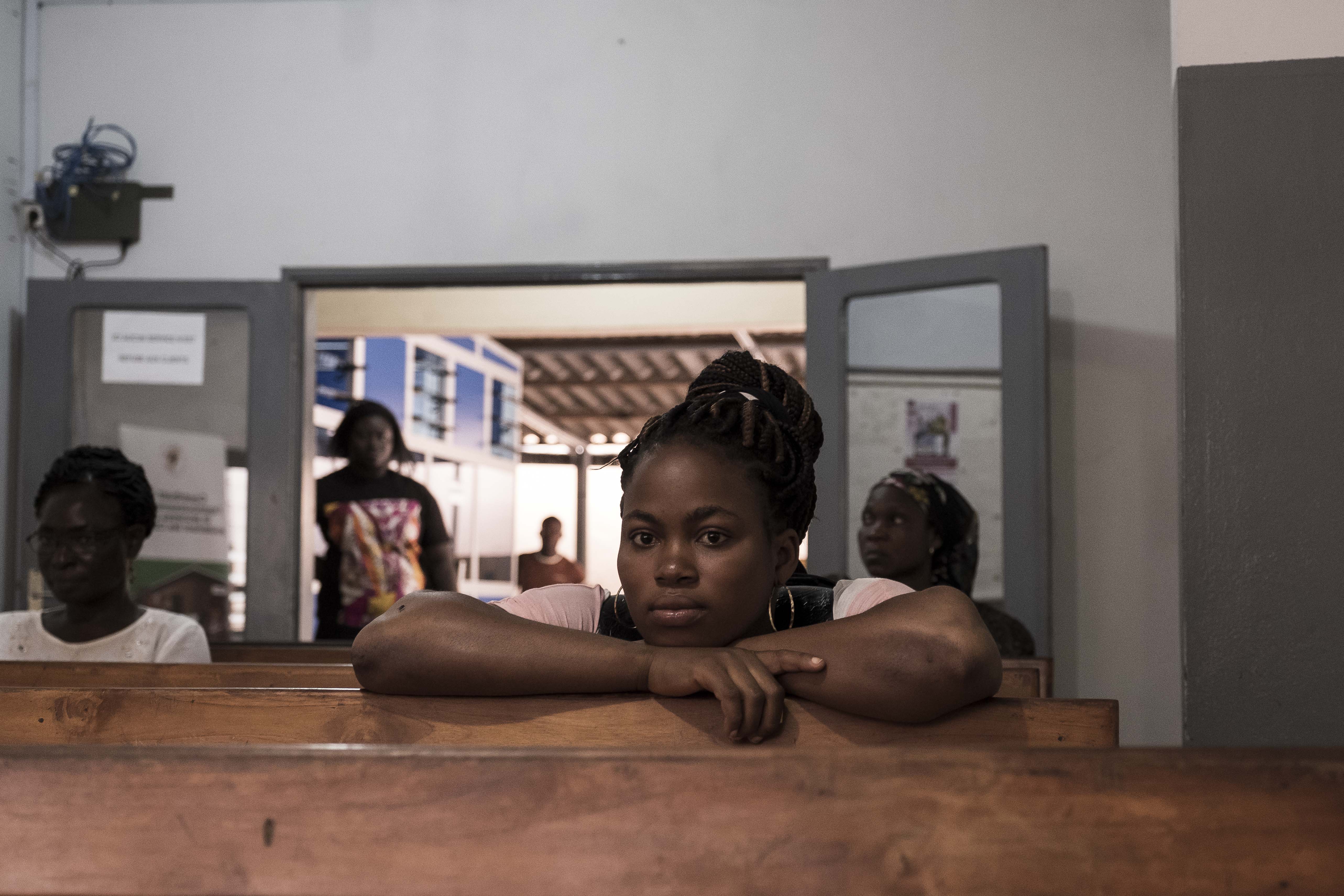
| 10 February 2021
Reducing Abortion Stigma: Global Achievements since 2014
Abortion stigma affects everyone: individuals, communities and service providers. Young women and adolescent girls bear the brunt of abortion stigma. It causes delays in people seeking abortion and stops others from accessing it, leading to unintended pregnancies. Stigma drives abortion underground, where it is more likely to be unsafe. Since 2014, the support of the David & Lucile Packard Foundation has enabled IPPF to reduce abortion stigma affecting young people around the world, working directly with Member Associations in six countries (Bénin, Burkina Faso, India, Pakistan, Ghana and Nepal). Meaningful youth participation has ensured that young people’s lived experiences were central in every aspect of this work. This project has also supported smaller ground-breaking youth-led projects in 14 different countries: Albania, Colombia, Ghana, Guinea, Kenya, Macedonia, Nepal, Nigeria, Palestine, Puerto Rico, Sierra Leone, Spain, Tanzania and Venezuela. This document highlights the achievements and learnings from the Abortion Stigma Project between 2014 and 2020, including case studies, research and evidence generated around abortion stigma, and popular resources and tools developed throughout the project, and more. We invite you to read more on this ground-breaking work in Reducing Abortion Stigma: Global Achievements since 2014
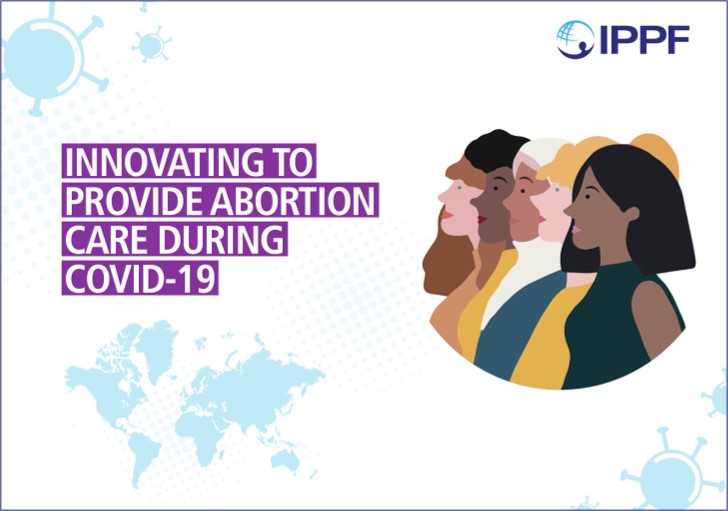
| 24 September 2020
Innovating to provide abortion care during COVID-19
During the COVID-19 pandemic, women globally face compounded barriers to accessing safe abortion care. The de-prioritization of sexual and reproductive health services including abortion care, overwhelmed health systems, restrictions on movement and fear of visiting health facilities have all created additional challenges for women to safely end a pregnancy. However, recognizing the need to adapt to ensure women have access to the care they need, this crisis has sparked innovation among IPPF Member Associations. They developed new approaches to reach women with safe abortion information and care, while keeping women’s choice and quality of care at the centre of their work. This document illustrates some of the innovative approaches used to ensure continued access to quality abortion care during the pandemic.
| 17 January 2020
Tanzania: Fighting back against the Global Gag Rule
In 2017, the US administration implemented the Global Gag Rule (GGR), a policy that denied funding to organizations that provided abortion care. IPPF refused to sign the policy that required us to deny women and girls the freedom to choose what happens to their body. As a result, IPPF lost $100 million in funding. Our Member Association in Tanzania – Chama cha Uzazi na Malezi Bora Tanzania (UMATI) – was forced to close 5 of its 11 clinics. But thanks to emergency funding from the Belgium government, UMATI was able to improve their remaining clinics, increase the number of qualified staff and continue to provide quality care for those who need it. Find out more about the Global Gag Rule and its devastating impact
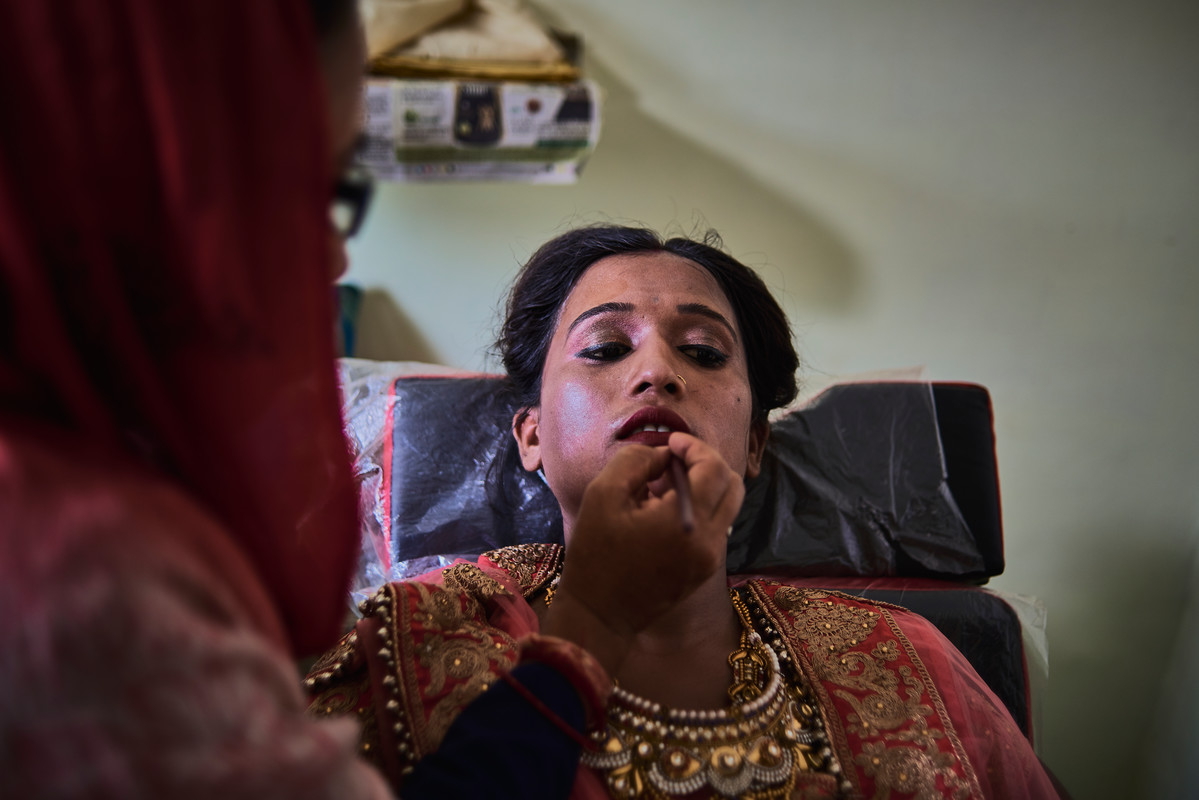
| 08 August 2019
Watch - Beauty Behind Bars: Life after prison for women in India
India is home to 20 female-only prisons, that have the capacity to hold just 5,000 inmates. Women currently make up 4% of India's prison population. Before they reach prison, many women have already experienced sexual and gender-based violence. Many inmates face discrimination and are often ostracized from their community and their families once they are released. Realizing a gap in care for women once released, the Family Planning Association of India (FPAI) have stepped in to ensure women are equipped with not only healthcare whilst in prison but life training skills. Skills that will financially support them and their children with or without the support of their families. Established in 1949, the Family Planning Association of India has provided life skills training ranging from beauty parlour related work to car mechanics to 768 women in six locations.
| 09 July 2019
IMAP statement on the ECHO trial
The body of evidence on possible increased risk of HIV acquisition with use of progestogen‑only contraception has remained mixed since 1991, with the greatest concern of an increased risk of HIV acquisition centred on the use of intramuscular depot‑medroxyprogesterone acetate (DMPA‑IM). Data on the risk of HIV acquisition and use of other highly effective contraceptives such as norethisterone enanthate (NET‑EN), hormonal implants, and hormonal and non‑hormonal IUDs are limited.2 And there are no data on subcutaneous DMPA (DMPA‑SC) and HIV risk. In 2016, an updated systematic review of epidemiological evidence on hormonal contraception and HIV acquisition concluded that there was a significant association between the use of DMPA and HIV acquisition and no increased HIV risk with oral contraceptive pills.3 The updated systematic review provided important data regarding DMPA users at high risk of HIV; however, confounding in these observational data could not be excluded. The historically mixed data and the need to control for confounding required further investigation into the association between use of progestogen‑only injectables and increased risk of HIV acquisition, using a more robust research design. This led to the development of the Evidence for Contraceptive Options and HIV Outcomes (ECHO) trial.











